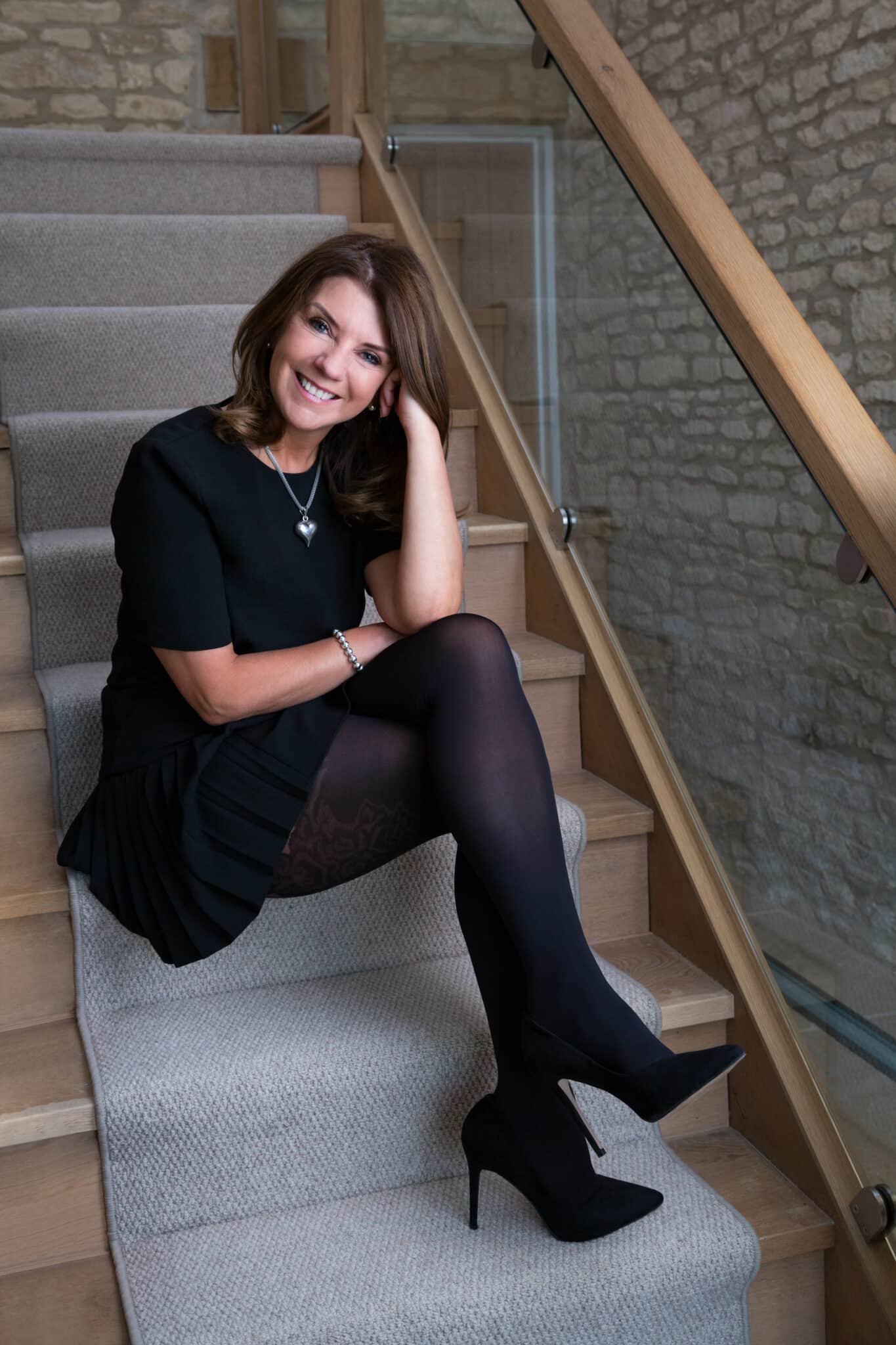
In an era where loneliness and isolation are becoming more prevalent among older adults, there are strategies we can adopt, to live well in retirement, explains TV personality, author and NHS GP Dr Dawn Harper.
Author of bestseller Live Well to 101, Dr Harper is the new Health & Wellbeing Ambassador for leading retirement village operator Rangeford Villages.
As an expert in healthy longevity, she will be supporting Rangeford’s in-house wellness teams in to develop key strategies to optimise mental, social and physical health, through lifestyle.
With a core focus on preventative health, her aim is to help boost healthspan, the period of life where people are free of any aging-related disease.
During her research writing her book, she travelled around the world’s blue zones, interviewing centenarians, finding out what they had done to live so long, whilst remaining in good health.
She became increasingly fascinated by the difference between people’s chronological age and biological age, and learnt a lot about what had contributed to their uniquely long lives, and ongoing good health and fulfilment.
Her key conclusions were that a positive mental attitude and maintaining social connections are two of the most significant factors in ageing well.
And that physical activity, especially experienced outdoors in nature, is the most powerful and effective treatment for overcoming negativity and boosting self-esteem.
Perhaps this all sounds like a rather simplistic solution to adopt when transitioning into retirement and wanting to stay healthy as you age.
Not if you replace living alone (be that as a couple or an individual) and long periods of isolation and inactivity, with living in an active engaging community.
Today’s older generation grew up in a very different world.
There were fewer cars so they walked to get around and were more active.
Families remained in close proximity and spent a lot of time together, combining different generations.
They lived pre processed food, and ate homemade food created from seasonal produce.
They lived before technology and relied on their communities for news, social interaction and support.
Today families and friends are geographically more distanced, communicating on screen or via email which leads to increased isolation and loneliness.
Living in a retirement community provides a stable network of friends and support.
This environment diminishes anxiety associated with isolation, and gives reassurance to families that their older relatives have day-to-day interaction.
Webster’s Dictionary defines ‘retire’ as to withdraw from action or danger: retreat; to withdraw especially for privacy; to fall back: recede; and to withdraw from one’s position or occupation.
It is puzzling why a word that conveys withdrawal is used to describe leaving work after years of service.
Before the industrialisation of 19th century Europe, the concepts retirement, pensions, sick days and vacations didn’t even exist; most people worked until the day they died.
Somewhere along the line, retirement became synonymous with old age, and with this association came negative overtones.
Dr Dawn recently conducted a series of interviews with owners living in one of Rangeford’s newest villages, Siddington Park in The Cotswolds, about their take on retirement village living.
They ranged in age from 60 years old to 92. Without exception everyone she spoke to said that the lifestyle on offer promotes both social connection and personal well-being.
With a busy schedule of engaging classes, activities, trips, and social events, along with first-class dining and wellness services, Rangeford Villages creates a vibrant community where residents can live life to the fullest, free from the isolating challenges that often come with aging.
Trips and outings are also an integral part of the Rangeford Villages experience.
The villages organize regular excursions to local landmarks, cultural events, and day trips to the countryside.
These outings provide opportunities for residents to venture outside of their usual surroundings, explore new places, and create new memories together.
Such activities are invaluable in combating the isolation that often affects older adults, ensuring that owners living in the village remain socially engaged in the community and maintain a sense of adventure in their later years.
One of the most reassuring aspects Dr Dawn found common with everyone she spoke to, is the peace of mind that, should anything arise, someone, be it a friend or a professional, is always close by.
Maybe living in a community retirement village should not be looked upon as giving up and ‘getting old’, but more embracing the ‘third age’ of life and really living?


